Comparisons 18 min read
Best used plug-in hybrid cars
Drilling down into the more focused types of hybrid car reveals technology that started to be seen in greater UK numbers from around 2010; the plug-in hybrid electric vehicle, or PHEV. Also known as a range-extender, it is a class of car that prioritises the use of electricity for its normal drive mode but, also allows access to a moderately conventional internal combustion engine (ICE) as a ‘get-you-home’ mechanism, should an available recharging post prove difficult to locate. Buying into this ‘safeguard’ methodology demands a slightly higher budget, mainly because the oldest models available have still not turned a decade old. Thus, we have pegged our guide limit to sub £20,000.
Jump to:
Mitsubishi Outlander PHEV BMW i3 range-extender Volkswagen Golf GTE Mercedes-Benz C350e Vauxhall Ampera VerdictPlug-in hybridisation is a measured means by which a motorist can offset tailpipe emissions to the generators that power the National Grid. ‘Greenergy’ halo-wearers can justify their choices, limited though they may be, with a simple remit of driving with prioritised electric power, rather than fossil-fuels. While a direct association with an ICE also forms part of the equation, it is perfectly understandable, when contemplating a still growing recharging network in the UK, as there are still large geographical areas, where EV impact is yet to be felt.
Although Volvo had tinkered with PHEV technology as early as 2005, it would be another five years before both Chinese and North American markets would introduce it to their inhabitants. The acceleration rate of model developments was significantly speedier than for conventional hybrids, i.e. the non-plug-in type. In fact, there are now in excess of 50 different makes and models of PHEVs available, with the market lead being taken by the ‘poster boy’ Mitsubishi Outlander PHEV, which has claimed its status on the back of oft questioned but always justified advertising campaigns.
The technology, in reality, is anything but novel. As early as 1899, the Lohner-Porsche Mixte Hybrid could be charged from an external source, bearing in mind that many properties were still using gas filament lighting at the time. Yes. It was the same Ferdinand Porsche, whom would associate with Adolf Hitler to create the Volks Wagen (People’s Car) and one of the most popular, post-WW2, high performance sportscar brands in the world. His car featured two front-hub driven electric motors at the outset, although a later development used one motor per wheel that was powered by the on-board batteries, with a petrol-engine generator providing back-up.
While General Motors created a number of running prototypes, from the late-1960s, mainly from a need to beat stringent California smog restrictions, it was Renault that led the field in Europe, with a plug-in hybrid version of its Kangoo light van in 2003. Interestingly, it was the fast-developing Chinese car market that took PHEVs to its heart, an aspect that seems to run contrary to perceptions of high industrial pollution in that country. Ironically, it was Jaguar Land Rover’s inability to meet China’s demands of its products that caused much of the Indian-funded but UK-based car firm’s immense downturn in exports there.
The Discover EV Top 5 PHEVs for less than £20,000 is as follows:
Mitsubishi Outlander PHEV
History
Introduced at the Paris Auto Salon in 2012, the first Outlander PHEV was based on the third generation (GS platform) version of the firm’s popular midfield SUV, which had underpinned the company’s rally successes of the previous two decades. It was the first plug-in hybrid SUV destined for volume production, as long as you do not include the Ford Escape in North America, various versions of which had existed since 2007. Sales commenced in the Japanese domestic market in early-2013, with deliveries in Europe commencing in October that year.
Tech and design
A significant weight-saving of almost 200kgs differentiated the third from second generations of the Outlander, although this was obviated by the lithium-ion battery pack and chunky electric motors on both front and rear axles necessary for the PHEV’s innovative role. The electric drivetrain was developed from the significantly smaller i-MIEV model, with a pair of 60kW electric motors powering front and rear wheels independently, with an efficiency-optimised, 2.0-litre, four-cylinder MIVEC petrol engine generating the power for the motors.
Drive
Thanks to an exceptionally effective platform, the PHEV handles well, although it is difficult to disguise the extra bulk it is carrying and, pushed to its limits, the additional momentum is noticeable in increased body roll. Light but direct electric power steering keeps the car on course but the brakes can become overworked, if not relying on the drivetrain energy recovery system, which, using the steering wheel mounted paddles provides several increasing levels of recovery, thereby reducing a reliance on the disc brakes. Grip levels are good and the PHEV offers a limited soft-roading potential. Three individual driving modes are available, EV, series hybrid and parallel hybrid, all engaged automatically, although the driver has three additional driving modes from which to select.
Charging
Located in a sealed encasement between the front and rear axle lines and below the floor ensures minimal cabin intrusion for the 12kWh lithium-ion battery pack that consists of 80 cells. Two recharging sockets are provided, one for domestic wall box and the other for fast charging. A full recharge can take up to five hours, while 80 per cent is feasible from a fast-charger in around 25 minutes. A five metre length of plug-in cabling is provided with the car.
Summary
Mitsubishi aimed high with its PHEV, promising an all-electric range of up to 32.5 miles (NEDC figures), with a stated hybrid fuel economy rating of up to 166mpg and a CO2 figure of just 41g/km, although its actual petrol consumption figure is around 65mpg, thanks to the car’s 2 tonnes weight. Yet, this has been enough to warrant the PHEV’s suitability in clean air zones, where it can act as a 100 per cent zero-emissions vehicle. The PHEV is practical for everyday use and, as long as your total commute is less than 25 miles, the petrol tank need never empty. The PHEV is a strict five-seater that possesses a reputation for indefatigable reliability.
SPECIFICATIONS
Price when new: From £28,249 (including government grant of £5000)
Price used: £12,200 - £19,500 (trim level and condition dependent)
Engine and transmission: Hybrid petrol-electric, CVT, all-wheel drive
Power: 200bhp (combined)
Torque: 249lb-ft
Top speed: 106mph
0-60mph: 10.6 seconds
Driving range: 1472 miles (NEDC)
BMW i3 range-extender
History
Pursuing a long-standing ethos for automotive efficiency, when BMW launched its ‘Project i’ in 2009, it was intended to be ground-breaking in every respect. BMW stated that it would not sell its all-electric models and that specialists would be employed within dealerships to provide assistance and propose rental not purchase options. The first i3 compact model was revealed at the 2011 Frankfurt Motor Show to tremendous acclaim. It was shown as a running prototype at the London Olympics in 2012 and production commenced at BMW’s Leipzig plant in 2013.
Tech and design
Almost every element of the i3 was intended to project sustainability, from its use of recycled plastics, renewable fibres such as hemp, the extensive use of aluminium in the body structure and carbon fibre elsewhere. Even the leather trim was tanned using olive leaf extract, while the wood trim on the dashboard was sourced from certified European cultivation and environmentally refined. Designed as a five-door hatchback, sitting on tall but narrow eco-friendly tyres, the rear passenger doors adopted a rear hinged access, with the leading edges being held securely in place by the closed front doors (also known as suicide doors). The car’s battery pack is located beneath the floorpan.
Drive
BMW’s engineers, renowned for their ‘drivers’ cars’ practices, were given a Herculean task to make a narrow and tall vehicle handle with expected competence. Unfortunately, while grip levels are amazing considering the teensy footprint of the high-pressure, low rolling-resistance tyres, the i3’s handling envelope is biased towards excessive firmness, with minimal body roll. On give-and-take road surfaces, an i3 can be pitched uncomfortably and noisily from bumps and ripples. While the seats provide decent cushioning and support, press-on drivers can be seen continuously tightening their seatbelts in a feeble effort to retain control. Steering responses are excellent and the turning circle is almost as tight as a London taxi, which supports its role as the consummate city car.
Charging
Developed entirely in-house, the lithium-ion battery power choice is 60Ah, 94Ah and (more recently) 120Ah, charged by a 125kW electric motor (the equivalent of 168bhp, or in high power form, 184bhp). From the outset, a range of 99 miles was delivered by the rear-driven, single-speed powertrain, although a 647cc, 33bhp, two-cylinder generator, known as REx (Range Extender, located beneath the front bonnet) provided an on-board recharging facility and a get-you-home means, when the battery pack was empty, from its tiny 3g fuel tank. This extender safeguard is no longer available on the latest i3 and i3S models, thanks to significantly improved full-charge ranges of up to 200-miles.
Summary
Driving like a conventional, two-pedal, automatic car, albeit in complete silence, the i3 is a fascinating vehicle and the only one that has such a focused environmental appeal. However, its throttle pedal also acts as an engine brake. BMW’s research highlights that upwards of 75 per cent of in-town manoeuvres are carried out without resorting to the car’s brake pedal. The car’s performance spectrum meets typical BMW expectations, the i3 being capable of despatching the 0-60mph sprint in less than seven seconds, although its top speed is restricted to 93mph, with deference to extending battery life.
SPECIFCATIONS:
Price when new: £25,000 - £30,680 (including government grant of £5000)
Price used: from £9,065
Engine and transmission: Hybrid petrol-electric, single-speed automatic, rear-wheel drive
Power: 168bhp (combined)
Torque: 184lb-ft
Top speed: 93mph
0-60mph: 6.9 seconds
Driving range: 180 miles (NEDC)
Volkswagen Golf GTE
History
Introduced to the world at the 2014 Geneva Motor Show, the Golf GTE possessed enough of the brand’s DNA to ensure that it could become easily a best-seller; that it is popular is to its credit but a steep new list price has curtailed its potential, which some critics state is not good for the ‘Peoples’ Car’ brand. Naturally, platform sharing is intrinsic to the VW Group and, while the Audi A3 e-tron preceded the Golf, they are all but identical beneath the bodywork. Interestingly, if you fancy a larger PHEV car altogether, the Passat GTE is mechanically identical to the Golf. Due to issues related to material supply, VW removed the GTE model from sale just over a year after its launch.
Tech and design
As one of the most recognisable vehicle profiles in the world, VW relies on its LED headlamp signature as the means to differentiate its PHEV Golf from other versions. VW’s remit has always been based on ‘normalisation’, which means effectively that the Golf will always be brand relevant, so there are no major deviations from other Golf models. Based on the MQB platform, which is shared across all of the Group brands, it is optimised for a multitude of different applications, which include full EV, hybrid, plug-in hybrid and ICE variants. The first GTE was also based on the Golf regarded as Mark VII.
Drive
Powering the Golf is a 1.4-litre, 147bhp, four-cylinder turbo-petrol engine in combination with a 75kW (101bhp) electric motor that is powered in turn by a 400v, 8.8kWh lithium-ion battery pack. The combined power output is given as 204bhp, which is enough to propel the GTE from 0-60mph in around 7.3 seconds and onwards to a top speed of 138mph. It is little wonder that the car wears its ‘GT’ tag with such alacrity. Although its all-electric driving range is stated as 31 miles, in truth 22-25 miles is nearer the mark. Yet, its NEDC fuel economy figure is given as a most respectable 157mpg. Although you might expect some mild changes in the car’s dynamic envelope, judicious spring and damper settings ensure that the GTE feels as useful as a Golf GTi under all normal driving demands.
Charging
The Golf GTE can be charged fully in around two hours from a domestic wall box, or within four hours using a three-pin socket. Five driving modes help to eke out, or squander the charge: E-mode, Battery Save, Hybrid Auto, Battery Charge and GTE. The choice is amazing and highlights that VW does not treat its drivers as hapless fools, allowing them to prioritise how they apply the car’s indisputable technology in the most appropriate ways to them. Driven with care and a commute of less than 12 miles each way, a GTE owner need never refuel his car again.
Summary
While almost any GTE variant from the VW range could sit happily in this Top Five selection, it is the Golf that does so with such remarkable ease. It is a handsome hatchback possessing moderate to high dependability and oozes effortless class from every pore. Its excellent power-to-weight ratio allows it to deliver impressive performance figures, allied to PHEV levels of frugality. It is a great car to drive, engaging with the driver all the time and, to be fair to its sky-high initial invoice price, at least its equipment level was at GTi standards too.
SPECIFICATIONS
Price when new: £28,035 (including government grant of £5000)
Price used: From £13,990
Engine and transmission: Hybrid petrol-electric, six-speed DSG, front-wheel drive
Power: 204bhp
Torque: 258lb-ft
Top speed: 138mph
0-60mph: 7.3 seconds
Driving range: 1252 miles (NEDC)
Mercedes-Benz C350e
History
Power and knowledge combine as an indomitable force within the halls of Mercedes-Benz. Common sense suggests that, when seeking a used car, you should always attempt to obtain the absolute maximum bang-for-buck. No end of critics will inform you that acquiring a used Merc is one of the best automotive decisions that any consumer might make. As a carmaker, Merc has been involved in improving the efficacy of its cars throughout its history and plug-in hybrid technology, while fairly new to the marque, is not only available across its popular C-Class range of saloon, estate and coupe models (since 2015) but that it is also finely honed in each application.
Tech and design
It all depends on what your specific transport requirements are, as to which body-style you might obtain and it helps that used examples are in good supply, even though the prices are very close to our notional upper limit. The C-Class is a mature and high-end design of car. While fairly compact in its overall dimensions (a Mondeo is actually longer), good quality fittings, trim detailing and seating are all at premium levels. The build quality is exemplary and very few used examples of the model will feel tired, despite being upwards of five years of age, with around 80,000 miles on the odometer.
Drive
Although it is not regarded as being of the highest calibre in the category, the C-Class offers a compelling blend of high-performance and fuel economy, which is what hybrids are all about. Carrying around 200kgs of battery pack is not exactly conducive to being a handling aid but with a combined power output of close to 279bhp and 442lb-ft of torque on tap, the C-Class simply shrugs it off and muscles down to the task. Its handling is very good and driver supportive, while the ride comfort is firm and far sportier than you might expect.
Charging
The core engine is a 2.0-litre, four-cylinder turbo-petrol unit, to which is attached a 60kW electric motor driving the rear wheels. The motor is powered by a 6.2kWh lithium-ion battery pack that delivers the substantial combined power output mentioned in the previous paragraph. Its electric range is limited by comparison with several other plug-in hybrids to around 19 miles but, with CO2 emissions pegged at 48g/km and a reported 130mpg (NEDC) available, its role as a tax-reducer cannot be overstated. It will clock the 0-60mph dash in around 5.6 seconds, with a restricted top speed of 155mph.
Summary
In our book, should you be seeking the ultimate load-lugger, as well as the C-Class’s other virtues, opting for the estate car version is a no-brainer. Regardless of body choice, the elegant Merc provides abundant surprises. If there is one small issue, it lies in the poorly managed transition from petrol to hybrid power and vice-versa, which can result in a severe and unseemly jolt. Be aware that Merc also offers a diesel hybrid model, which might be more to your liking. Incidentally, the throttle provides haptic feedback.
SPECIFICATIONS
Price when new: £36,400 (including government grant of £5000)
Price used: From £15,900
Engine and transmission: Hybrid petrol-electric, seven-speed fully-auto, rear-wheel drive
Power: 279bhp
Torque: 442lb-ft
Top speed: 155mph
0-60mph: 5.6 seconds
Driving range: 1443 miles (NEDC)
Vauxhall Ampera
History
Sold between 2011 and 2016 in both Vauxhall and less expensive Chevrolet Volt versions, the Ampera was an outstanding plug-in development. It was also the first of its type when it debuted at the 2007 North American International Auto Show. Featuring five doors and seating for four people (a situation exacerbated by the height of the central tunnel), it was a swoopy looking and very adventurous family car of surprisingly compact dimensions. General Motors (GM) made a vital decision to opt for a readily available range-extender engine, to compensate for the lack of recharging infrastructure.
Tech and design
Despite being unsure of anticipated battery life expectancy, GM determined that the petrol engine would only kick into battery charging mode, once the battery range had reduced to 30 per cent state of charge (SOC). This would help to reduce battery ‘memory’ and extend its life beyond a notional ten years. As many components of the car as possible were designated as stock items, in order to avoid costly specialisation and were placed under the ‘E-Flex’ (later ‘Voltec’) umbrella. GM even ensured that the petrol engine could operate on E85 fuel, which, at 15 per cent petroleum content, meant that its stated fuel economy could be as high as 525mpg.
Drive
Hunkered to the road surface and riding on low rolling resistance tyres, even a wide track and moderate grip levels could not hide the Ampera’s leaden on-road behaviour. Its power steering was dull and lifeless in responses and cornering speeds were limited by poor body roll control, despite firm damping of the suspension. Until the petrol engine was drawn into use, which took place seamlessly, the Ampera was both quiet externally and refined internally.
Charging
Featuring a 16kWh lithium-ion battery pack, arranged in 288 cells across nine modules that can be charged by plugging it into a domestic socket, no cabling was provided for speedier recharging. Its electric motor offered a peak output of 111kW (equivalent to 149bhp), delivering a substantial 273lb-ft of torque. Its power was increased for the 2013 model year to 16.5kWh mainly to increase its EV range to around 38 miles (increased again for 2015 models to 17.1kWh). When the SOC was reduced to 30 per cent, the on-board 1.4-litre, four-cylinder petrol engine developing 80bhp would start recharging via a 55kW generator to increase Ampera’s range.
Summary
Overall, it was a most ingenious plug-in hybrid development and GM provided warranty cover for eight years and 100,000 miles on the battery pack, which was monitored electronically over 500 parameters every tenth of a second. The Ampera/Volt came with its own domestic charging cable (6.1 metre in length), the recharging process being among the first to be managed by a mobile-phone app. Ensuring that the batteries were maintained at an optimum temperature, the car’s advanced heating and ventilation system could direct excess heat through the seats and cabin, rather than wasting the energy. Even its stereo system was 60 per cent more efficient than standard.
SPECIFICATIONS
Price when new: £37,250 (£33,545 Chevrolet Volt) (including government grant of £5000)
Price used: £7365 - £15,165 (trim level and condition dependent)
Engine and transmission: Hybrid petrol-electric, planetary gearbox, front-wheel drive
Power: 149bhp
Torque: 273lb-ft
Top speed: 110mph
0-60mph: 9.9 seconds
Driving range: 350 miles (NEDC)
Verdict
An increasing number of PHEVs will start hitting second-hand car forecourts in years to come. Most owners, even those of a corporate type, tend to hang onto their hybrids for longer than conventionally powered cars, which can have a positive benefit to second-hand buyers. Due to the maintenance requirements, which are marginally less than for pure ICE vehicles but can be more involved due to the combination of different technologies (battery, electric motor and ICE) applied, manufacturer servicing is a given and most examples will come with a comprehensive history.
Even checking around those dealerships selling previously owned PHEVs, no untoward mechanical issues have been reported and most late models are still covered by their makers’ warranties. Although prices have been fluctuating upwards slightly, due to the new clean air zones and a more willing buyers’ market, it would be fair to describe them as bullish. Yet, value for money is evident with the more prestigious brands, such as Merc and BMW, which can be hit hard by depreciation.
Key points for deeper investigation include braking systems, which may be corroded, if an engine braking system has been carrying out those duties (BMW i3 and Mitsubishi PHEV). Also check for upholstery wear and damage, as replacement seat covers, carpets and even door cards can demand costly replacements. Eco tyres are the final consideration, as the original covers are often intrinsic to more efficient operation of the vehicle and should not be replaced by similar size but different compound alternatives.

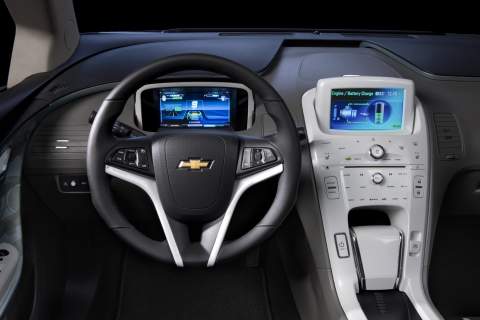
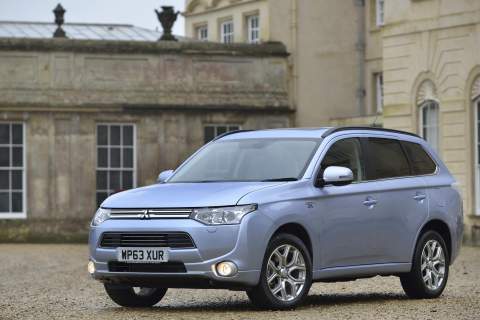 Ordinary SUV styling promoted sales impetus
Ordinary SUV styling promoted sales impetus 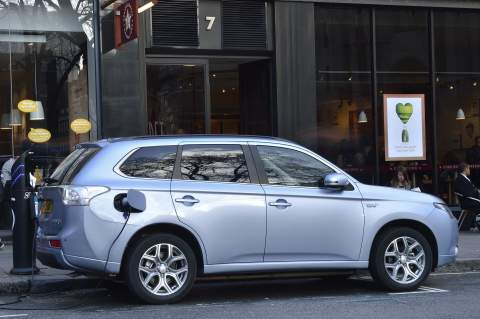 Cables provided for domestic, or fast-charging
Cables provided for domestic, or fast-charging 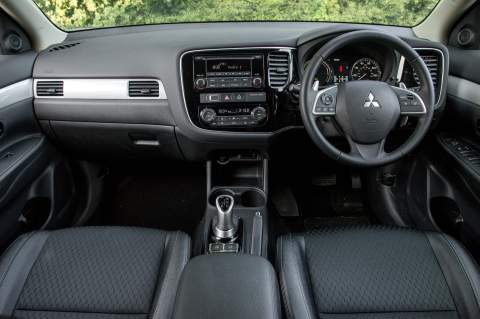 Interior detailing is market acceptable, if uninspiring
Interior detailing is market acceptable, if uninspiring 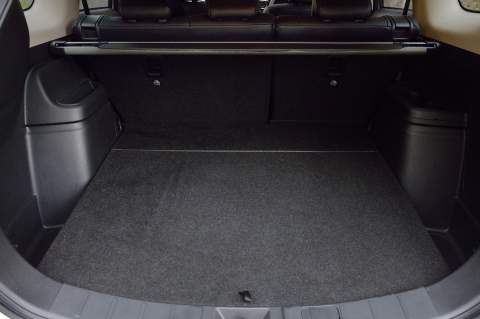 Almost 500 litres of boot space is practical
Almost 500 litres of boot space is practical 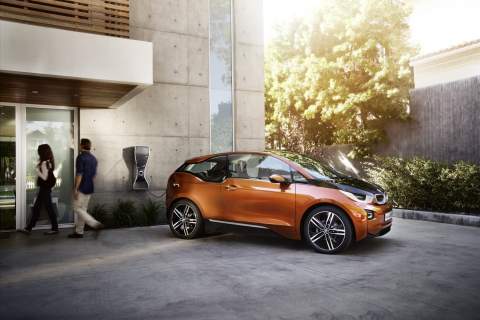 Park and plug-in convenience are i3 merits
Park and plug-in convenience are i3 merits 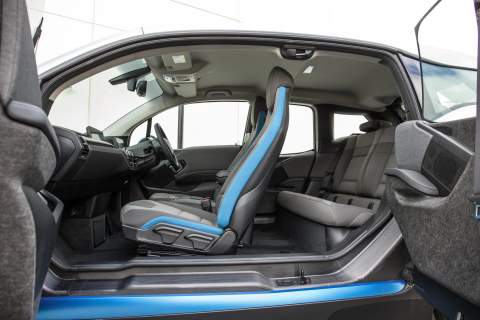 ‘Clap-hands’ doors reveal eco-friendly detailing
‘Clap-hands’ doors reveal eco-friendly detailing 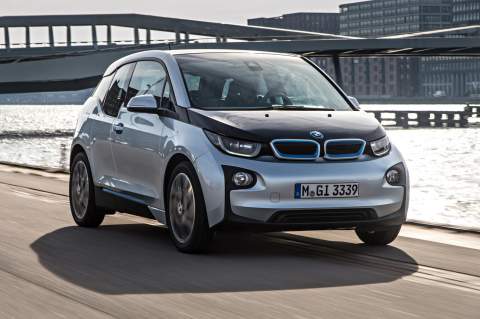 Despite the window-line, i3 is unmistakably BMW
Despite the window-line, i3 is unmistakably BMW 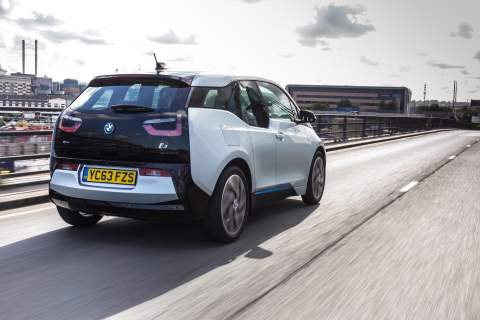 Tail-lamps are ‘printed’ within the rear glass door
Tail-lamps are ‘printed’ within the rear glass door 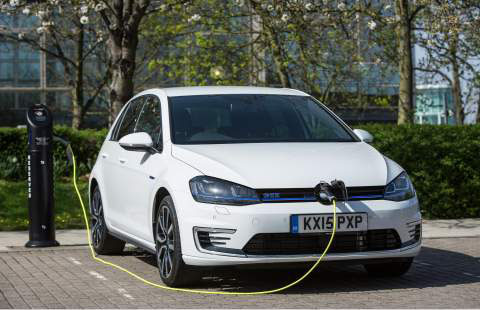 Where else would you plug-in a hybrid Golf?
Where else would you plug-in a hybrid Golf? 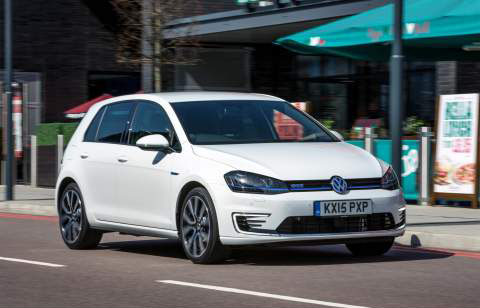 Golf’s a Golf’s a Golf
Golf’s a Golf’s a Golf 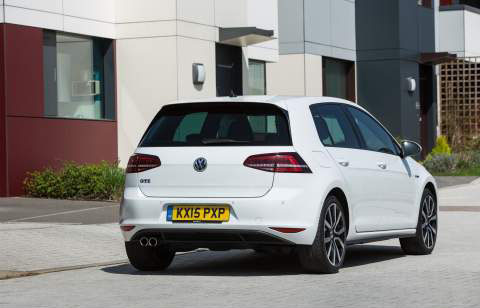 Clean and uncluttered typical VW design
Clean and uncluttered typical VW design 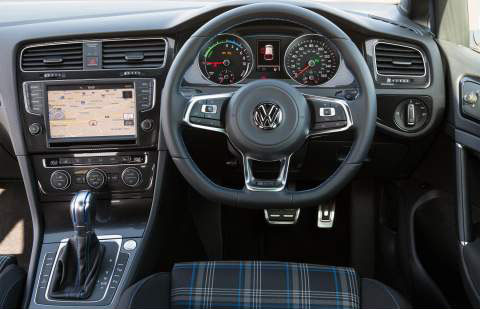 Clarity rules on GTE dashboard layout
Clarity rules on GTE dashboard layout 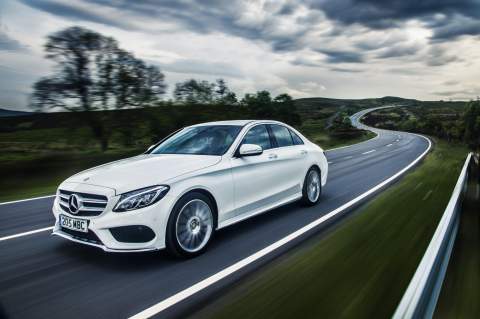 Highly recognisable Merc profile
Highly recognisable Merc profile 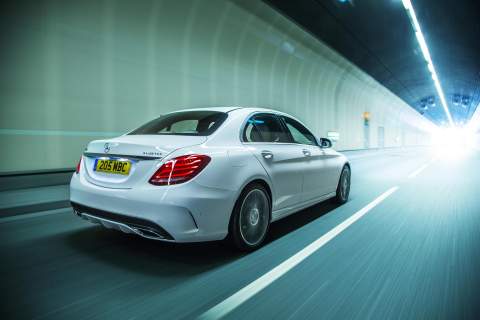 Elegant styling is Merc’s remit
Elegant styling is Merc’s remit 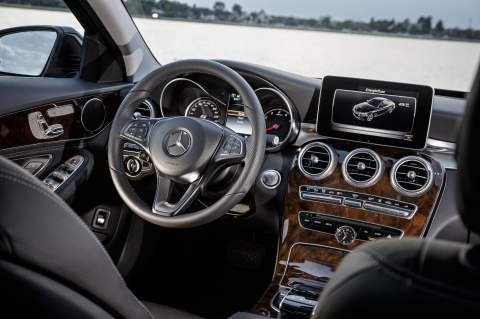 High-end Merc interior looks impressive
High-end Merc interior looks impressive 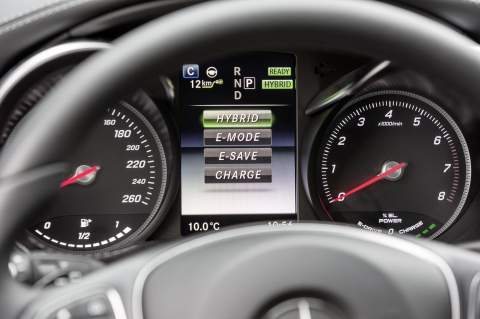 Drive settings maximise Merc frugality
Drive settings maximise Merc frugality 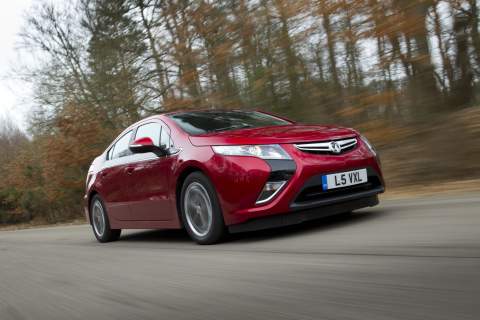 Low and sporty does not equate to a good driving experience
Low and sporty does not equate to a good driving experience 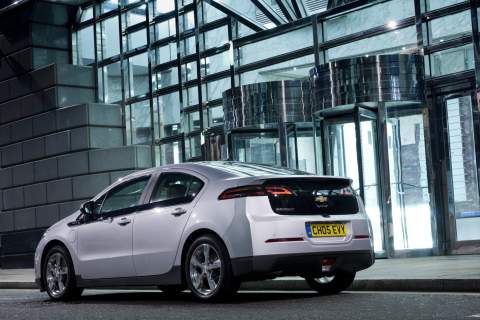 Only minor design differences between Ampera and Volt
Only minor design differences between Ampera and Volt  All-digital dashboard display
All-digital dashboard display 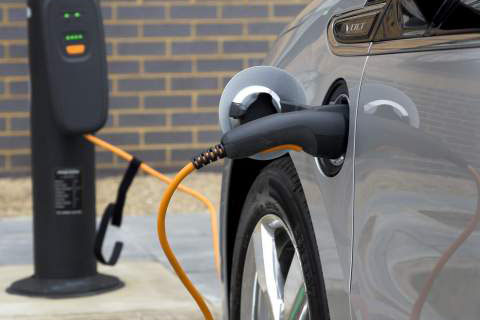 Later models could be fast-charged
Later models could be fast-charged 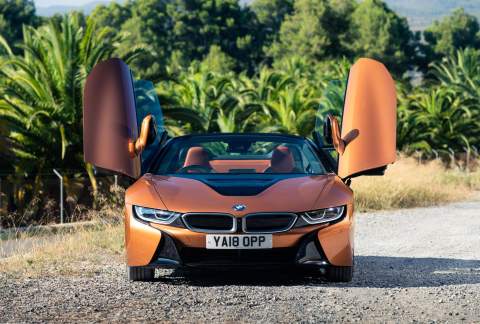 Even BMW i8 exotica can boast PHEV technology
Even BMW i8 exotica can boast PHEV technology 
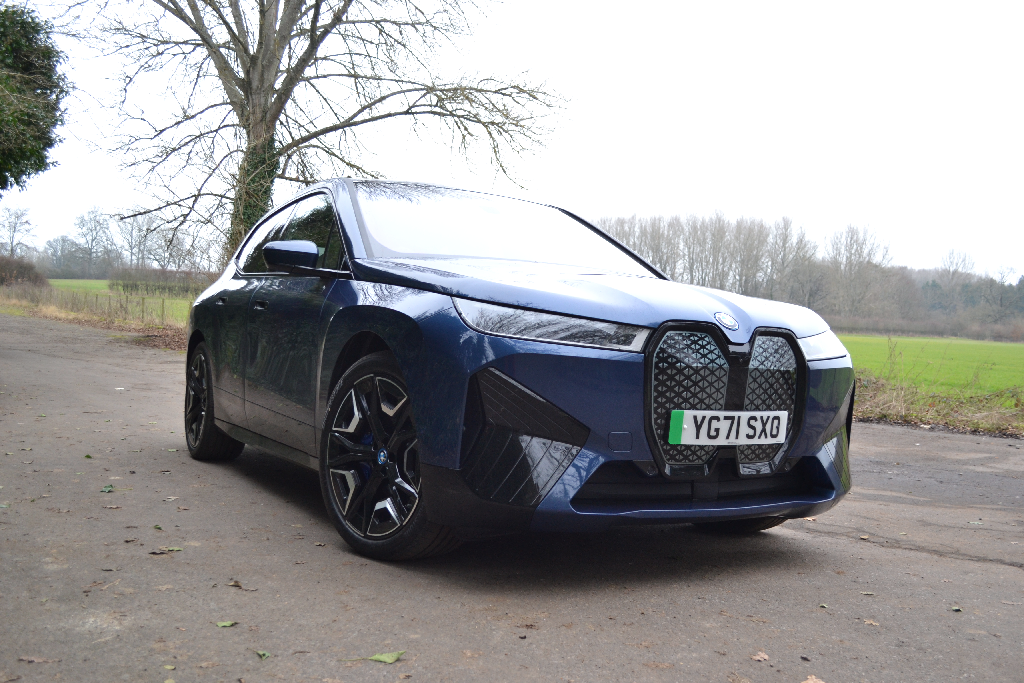

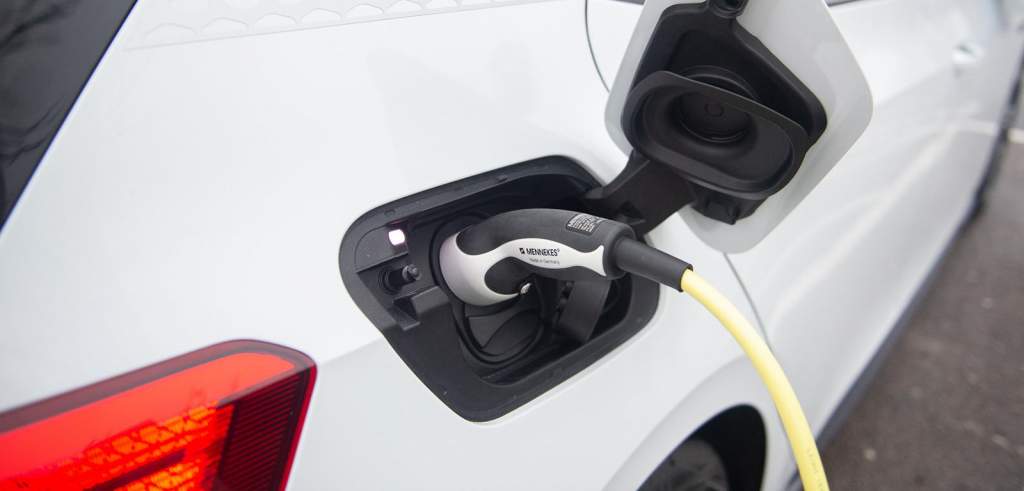
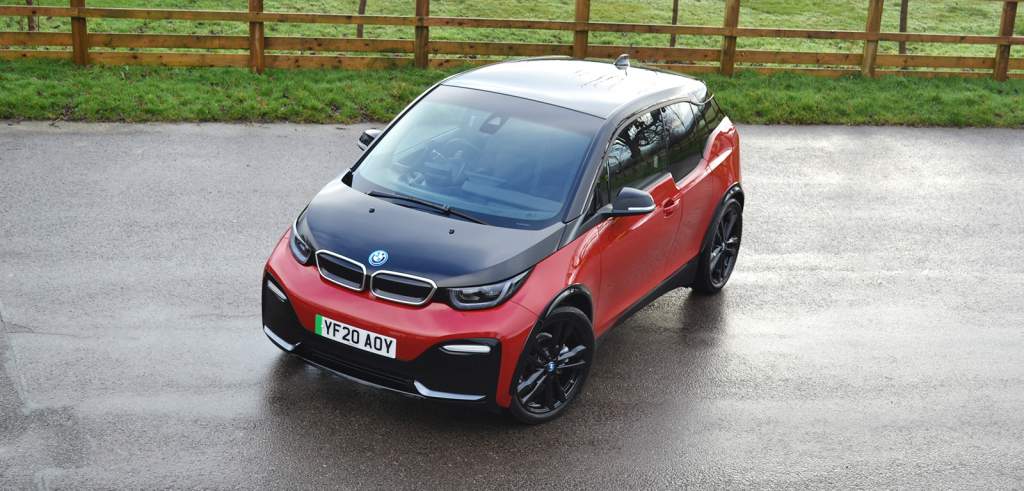
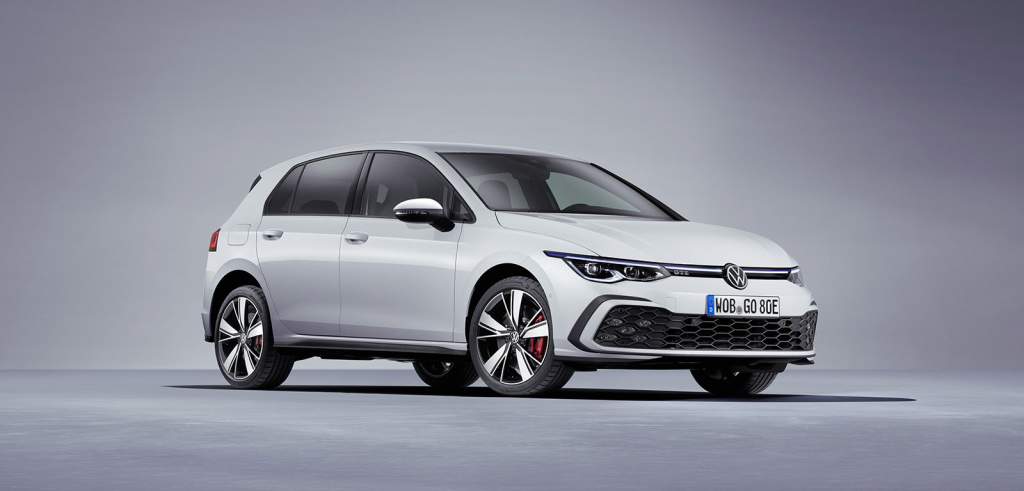
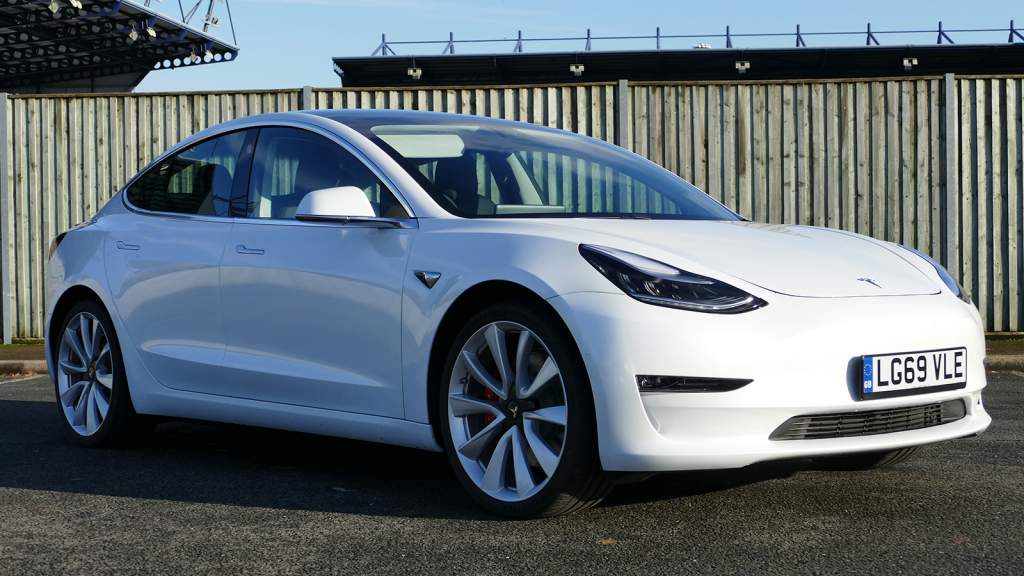

Comments (0)
Be the first to write a comment
Login/ Signup